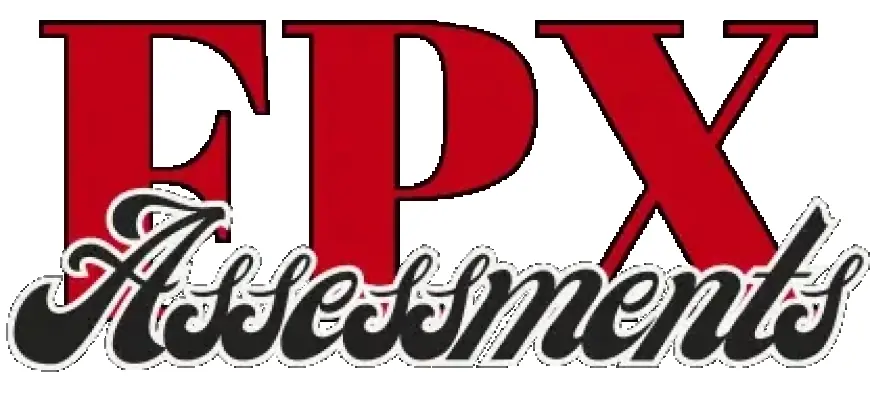Embracing Flexible Learning with FlexPath Assessments

The demands of modern education often challenge traditional learning structures, pushing students to seek alternatives that align better with their personal and professional lives. The flexpath assessments help bridge this gap by providing a learning model that prioritizes flexibility and student empowerment.
Why FlexPath Stands Out
FlexPath assessments are designed for students who want to control their learning journey. This model offers the freedom to progress at a personalized pace, catering to different learning styles and schedules. Students no longer need to worry about rigid academic timelines; instead, they can focus on mastering their subjects thoroughly before moving on.
This structure encourages learners to embrace the process of education without unnecessary pressure. It also allows them to tailor their studies to meet specific career goals, creating a seamless blend of academic and professional development.
Mastery-Based Progression
At the heart of FlexPath assessments lies a focus on mastery. Unlike traditional education models that measure time spent in class, FlexPath ensures students excel in understanding core concepts before advancing. This competency-based approach aligns with industry expectations, equipping graduates with the skills required to excel in their respective fields.
Employers value candidates who can demonstrate a deep comprehension of their expertise, and FlexPath graduates meet this demand. By prioritizing practical knowledge over theoretical memorization, this system builds confident professionals ready to tackle real-world challenges.
Balancing Education and Life
One of the most significant advantages of FlexPath assessments is their ability to accommodate the diverse needs of learners. From working professionals to busy parents, the self-paced nature of this system empowers students to fit education into their lives rather than reshaping their lives around education.
This adaptability ensures that every learner, regardless of their circumstances, has an equal opportunity to achieve academic success. By removing barriers like fixed schedules or geographical limitations, FlexPath assessments champion inclusivity and accessibility in higher education.
Financial and Time Efficiency
Higher education often requires a significant investment of both time and money. FlexPath assessments address these challenges by offering an efficient pathway to degree completion. Students can complete courses faster than in traditional settings, significantly reducing costs and time commitments.
This affordability widens access to quality education, ensuring more individuals can pursue their aspirations without financial strain. FlexPath assessments thus democratize learning opportunities, allowing students to focus on their future rather than worrying about expenses.
A Framework for Personal Growth
Beyond academic benefits, FlexPath assessments promote the development of essential skills like time management, self-discipline, and critical thinking. These qualities are invaluable, extending far beyond the classroom and enhancing both personal and professional lives.
The support provided by mentors and faculty within the FlexPath model ensures students remain guided and motivated. This balance of independence and assistance creates a well-rounded educational experience.
Conclusion
The help with capella flexpath assessments model exemplifies the future of education. By focusing on flexibility, affordability, and mastery, it empowers students to achieve their goals on their terms. FlexPath assessments prove that education can evolve to meet the needs of modern learners, paving the way for a more inclusive and accessible academic landscape.
What's Your Reaction?
 Like
0
Like
0
 Dislike
0
Dislike
0
 Love
0
Love
0
 Funny
0
Funny
0
 Angry
0
Angry
0
 Sad
0
Sad
0
 Wow
0
Wow
0



















































